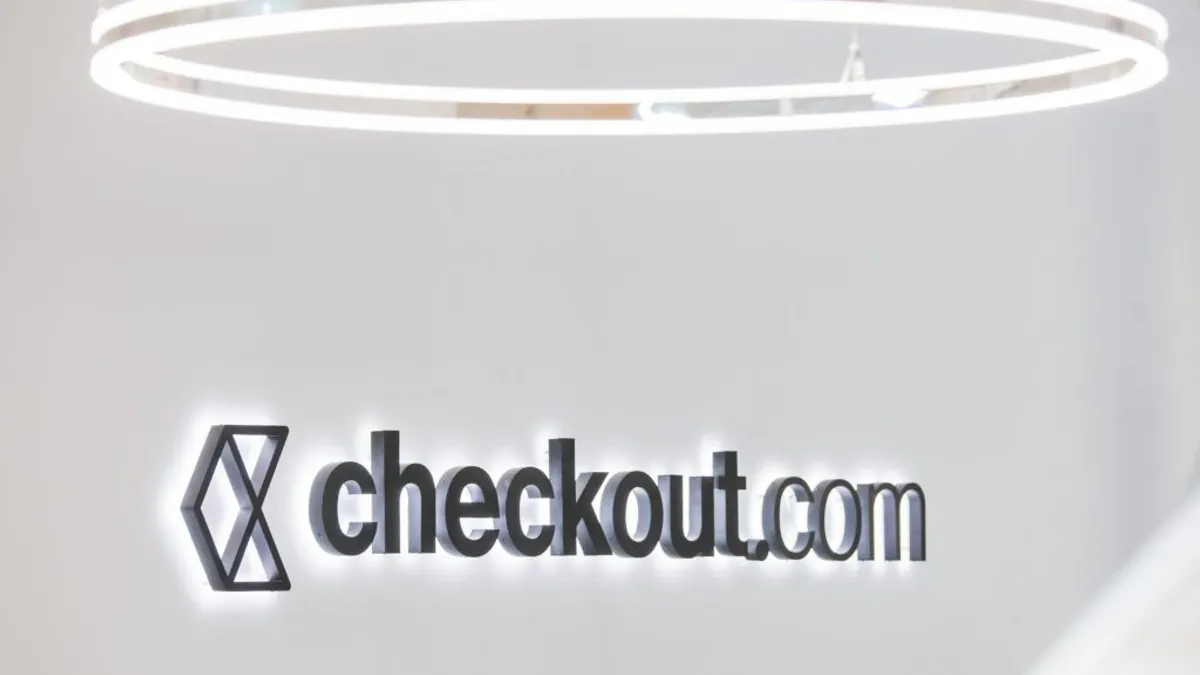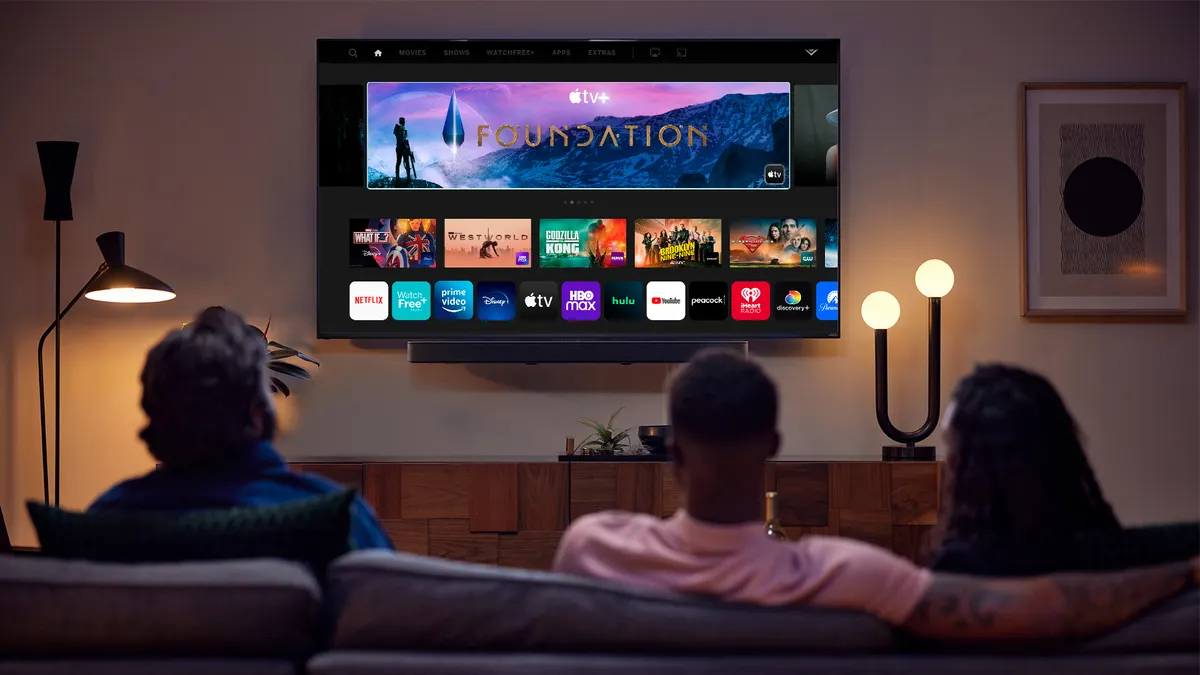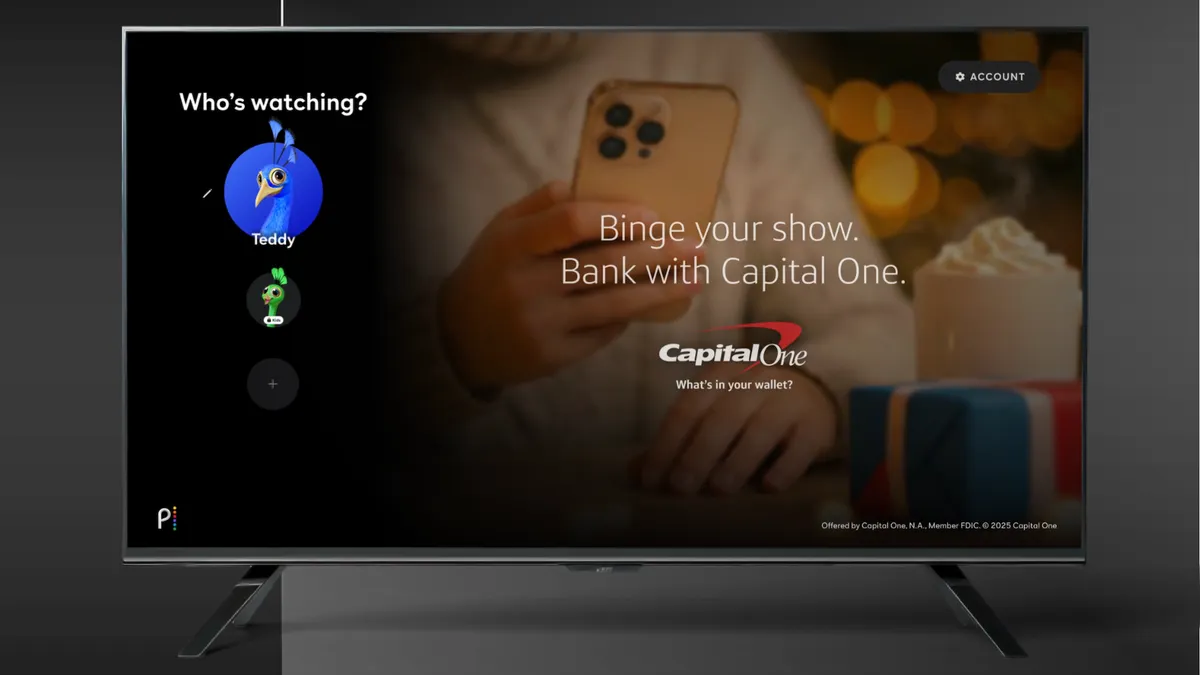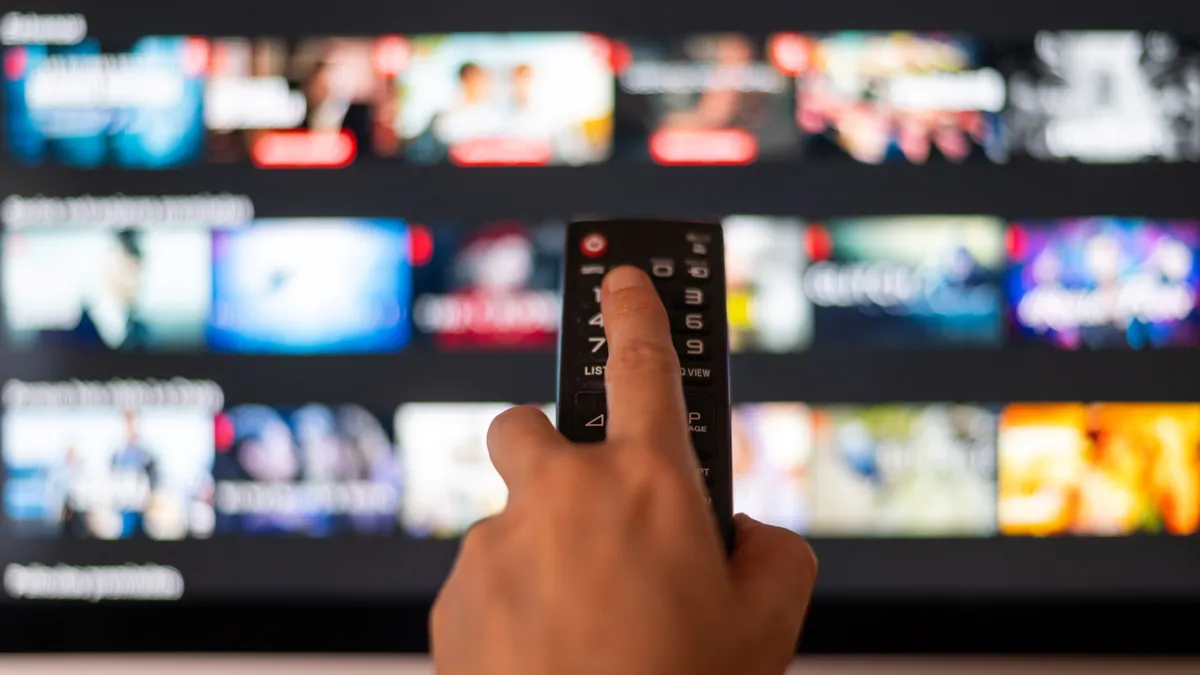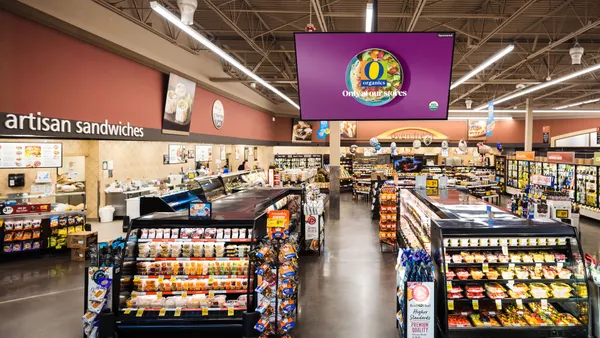Editor's note: The following is a guest post from Luke Williams, head of CX at Qualtrics.
In an era of ubiquitous influencer marketing, brand personalization and rapidly proliferating consumer choice, many companies are struggling to generate and maintain customer loyalty. But what does "customer loyalty" even mean in 2018? Have consumers become so promiscuous that the very concept of loyalty has become anachronistic? Should businesses make their peace with a new reality of customer disloyalty?
Bonin Bough has led digital marketing at a few of America’s largest companies, including PepsiCo and Kraft Foods. He recently told Fast Company that businesses are never going to be able to rely on customers like they once did: "I was talking to a cosmetics executive who said, 'Our consumers used to be loyal. Now they are promiscuous. How do we get them to be loyal again?' It’s not going to happen. What you should be doing is thinking about how to create a model for promiscuous consumers."
While it’s crucial for businesses to adapt to consumers' changing expectations and desires, is it really fair to say they should never expect their customers to be loyal again? Likewise, is "promiscuous" really the right word for consumers who simply have a new set of priorities, as well as a growing set of choices?
If it's true that any attempt to make customers loyal again is not going to happen, there are a whole lot of confused CMOs out there. According to a study conducted by Fordham University, 93% of CMOs say customer loyalty is one of their top five priorities, while more than 70% say it’s in their top three. However, this doesn't mean there's an irreconcilable contradiction between Bough's view of the market and the widespread emphasis that's still placed on loyalty. It just means we need to rethink what loyalty actually means to businesses in 2018.
Three types of customer loyalty: attitudinal, behavioral, and financial
Attitudinal loyalty refers to a customer's general positive disposition toward a brand — the brand may fill a specific need or the customer might feel an emotional connection with it. But it's important to recognize that attitudinal loyalty doesn't always translate into action — it may not even suggest that a customer frequently uses/purchases a brand's products or services.
Behavioral loyalty, on the other hand, means a customer is regularly using these products or services. While this is sometimes a manifestation of attitudinal loyalty, there are a range of other reasons why consumers might stick with a particular brand — perhaps they don’t see any viable alternatives. Perhaps they're just apathetic. Perhaps they just find you convenient to their current workplace. This is why businesses can't assume that behavioral loyalty is an indicator of real satisfaction — a point that’s especially salient at a time when more and more consumers are eager to test alternatives, use a wider array of products that are designed for their individual wants and needs, and spend their money in increasingly diffuse ways.
Financial loyalty is demonstrated by the proportion of personal spending that a customer devotes to a company (what's often referred to as "share of wallet"). All businesses want to increase the level of financial loyalty among their customers, but many of them are using outdated metrics that don't tell them how large their share of wallet actually is. This means they have a superficial understanding of customer loyalty, which can lead to unwarranted complacency.
For example, customer satisfaction is often treated as a useful gauge of loyalty, but as I noted in a 2015 book I co-authored "The Wallet Allocation Rule: Winning the Battle for Share" (along with Timothy Keiningham, Lerzan Aksoy and Alexander Buoye), absolute satisfaction alone isn't strongly correlated with market share and share of wallet. But our research revealed a factor that does predict performance on the critical measure of share of wallet: how customers rank your brand in relation to other brands they use.
Choice creates the illusion of disloyalty
With so many more brands to choose from — many of which are offering a growing number of niche products to suit the increasingly specific demands of consumers — it's unsurprising that a brand's relative rank is a more important predictor of its share of wallet than mere reports of customer satisfaction. This is also related to the unpredictable interplay between attitudinal and behavioral loyalty. After all, it's clearly possible to be perfectly satisfied with a brand while simultaneously giving another brand a larger share of your money. A customer may love her Sony headphones even if she's plugging them into an Apple laptop.
As my co-authors (along with Bruce Cooil) put it in an article for Harvard Business Review: "Customers may be very satisfied with your brand and happily recommend it to others — but if they like your competitors just as much (or more), you’re losing sales."
This isn't disloyalty — it's a natural outcome of a changing market and shifting consumer expectations, which include a much greater degree of personalization. As the barriers for entry in many markets have become weaker, there has been an influx of brands competing to occupy ever more exclusive corners of these markets. This is one of the reasons why loyalty is now bound up with personalization. A 2015 report by Deloitte observes that the demand for personalization won't disappear anytime soon: "In the future, businesses that do not incorporate an element of personalization into their offering risk losing revenue and customer loyalty."
Consumers are also demanding more choice. Despite the popularity of Barry Schwartz's "paradox of choice" thesis (which argues that consumers are overwhelmed by the huge number of options they're presented with), subsequent research has called it into question. And according to the Deloitte report, a substantial majority of the consumers surveyed disagreed with the statement, "I already have too much choice when shopping without being offered the chance to customize products/services." In fact, the second predictor used in the "Wallet Allocation Rule" — alongside relative satisfaction — is the number of brands that a given consumer uses.
How to compete for and keep promiscuous customers loyal
C-suite executives have to remember that their competitors are well aware of these trends and doing as much as possible to capitalize on them. In other words, a greater number of consumers are demanding personalized products and a greater number of brands are able to provide them. Is it any wonder that customer loyalty is spread more thinly than it used to be?
But none of this means we've entered an era of customer disloyalty. In 2016, Facebook IQ surveyed 14,700 American adults and found that 77% are "returning to the same brands again and again." The researchers describe 37% of the respondents as "brand loyalists" who "make repeat purchases and are loyal to a company," while 40% make repeat purchases but aren't necessarily loyal. "Loyalists" typically express attitudinal and behavioral loyalty, but repeat purchasers are more concerned with "utilitarian qualities related to price and convenience." This is why the researchers emphasize the importance of focusing on the emotional and experiential qualities of services and products. They also recommend using personalized communication to figure out what specific wants and needs consumers have.
Sound familiar?
The Facebook survey even has good news about millennials — the generation that’s supposed to be more "promiscuous" than any other. Not only are they just as likely as Baby Boomers to be loyalists in certain verticals, but they’re also 1.75x more likely to "say they’d like to be brand loyal."
Whether you're a C-suite executive or a small business owner, that fact should be interpreted as a massive opportunity. Now all you have to do is give your customers something to be loyal toward.

